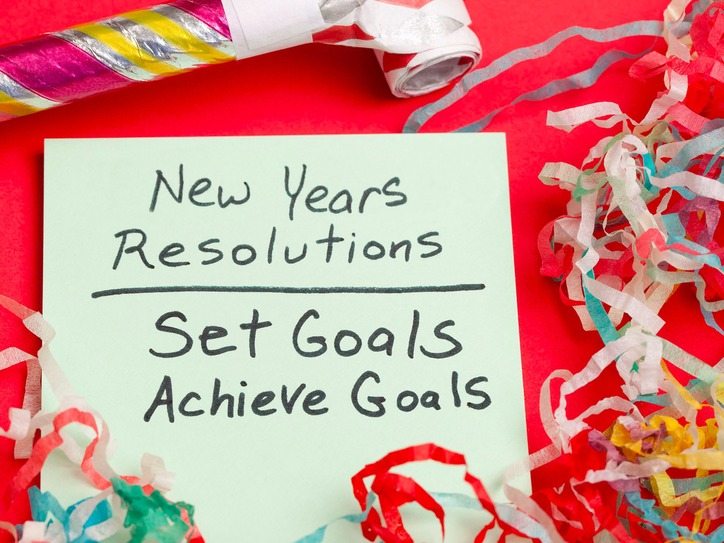
Beware of the New Year’s Resolution’s Trap!
Posted: December 25, 2018
So it’s that time again…the end of one year and beginning of a new one! At Star, we love using this time to reflect on the past year and set goals for the next. For us, there is a big difference between New Year’s Resolutions and New Year’s Goal Setting. There’s no secret on the statistics of how short-lived New Year’s Resolutions are. Most aren’t kept through the end of the first week of January and definitely not through the end of the month! But why?
Our theory is the timeline. Goals are understood to be a process. Most know that if you set a goal, it’s going to take time. New Year’s Resolutions, however, are expected to have an abrupt start, usually January 1st, and continue indefinitely. By setting a New Year’s Resolution, you are asking yourself to change deep-seeded habits within 24 hours. You are asking yourself to accomplish your “goal” within 24 hours. Then expecting yourself to continue hitting that goal every day until it becomes a habit. At STAR, we are all about self-discipline, but that sounds more like an unnatural superpower! The usual result is that you not only fall back into your old habits, but feel so badly about the process that you don’t try again until the next year!
Our solution is to turn your New Year’s Resolution into a Goal instead by simply adjusting its timeline. By doing this, you’re allowing yourself both time and grace to create new habits, habits that will stick because they were reinforced over time. Here’s what we mean:
If your goal is to wake up 30 minutes before you normally would to workout (which is actually 2 goals, you overachiever!), what’s the smallest step you can take? Get up one minute, yes ONE MINUTE, before you normally would, and do a quick set of pushups, situps, or jumping jacks. Day 2. Get up two minutes earlier than you normally would. Day 3, three minutes, and so on. By the end of the month, we feel confidently that you will be much closer to your goal (if not already reached it) than if you would have chosen the New Year’s Resolution method.
There are several benefits to this method. First, it allows you to get back into a fitness routine without overdoing it on your first day. The time created through this process allows your body to adjust, which prevents injury and burnout that could potentially set you back even further than when you started. By easing your way into a new routine or behavior, it’s more sustainable and you’re more likely to make it to the finish line because you’re creating a habit. As you’re climbing this mountain to the top of your goal, you may slip a day here or a day there, BUT by going through the process of creating a habit, you won’t slip all the way to the bottom. Because you have created “checkpoints”, you will find that you will get back on track quicker and easier.
A second hidden benefit of setting goals this way is the way you feel about yourself along the way. When you extend your deadline, you can achieve and maybe even surpass the daily expectation of yourself and this makes the process (vs. just the end goal) along the way much more fun! By avoiding the emotional heartache and frustration of setting a goal that you couldn’t reach with your best effort, you will learn to not only focus on what you want, but appreciate what you have! We recommend choosing to be as kind and patient with yourself as possible during the process.
In the end, it all comes down to, are you a better version of yourself today than you were yesterday? That was the heart of starting this entire goal setting process anyway, wasn’t it?